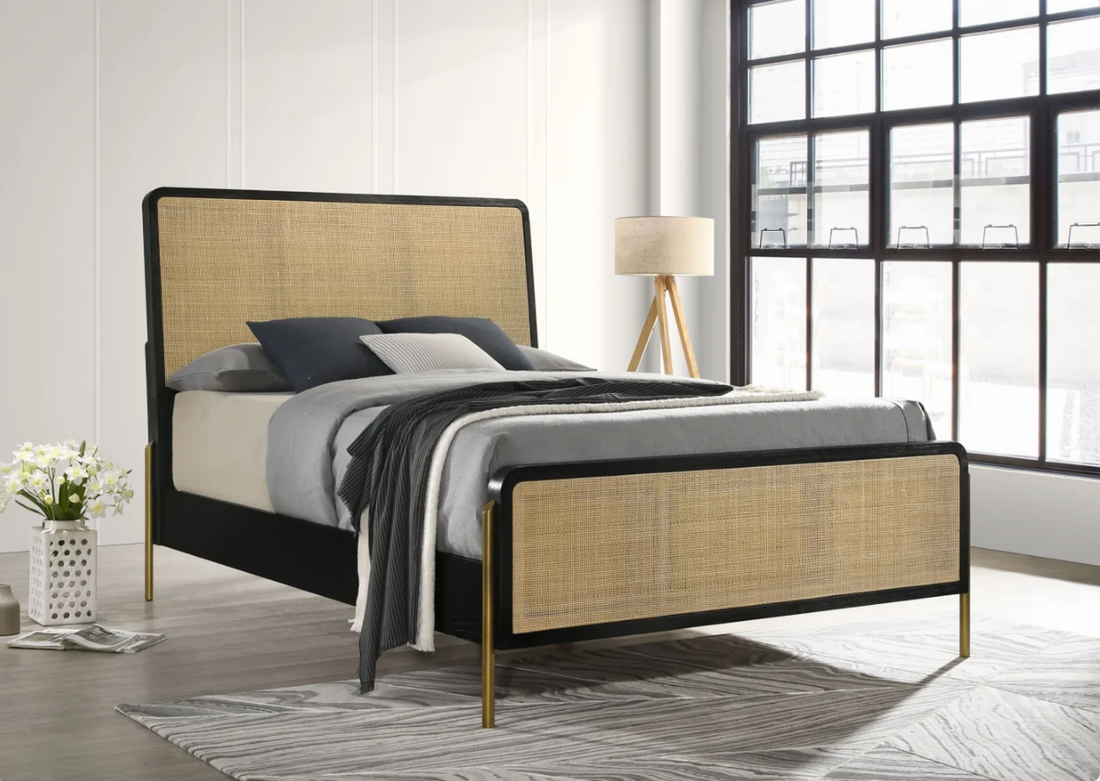In the world of interior design, two terms that often get thrown around are "retro" and "mid-century modern." While they might seem interchangeable at first glance, there are distinct differences between the two styles, each with its own unique characteristics and influences. Let's delve into the fascinating world of retro and mid-century modern furniture to uncover what sets them apart.
Retro Furniture: Nostalgic Charm with a Timeless Appeal
Retro furniture refers to pieces that evoke the styles and aesthetics of past decades, typically from the mid-20th century onward. It's all about capturing the nostalgia of bygone eras while infusing spaces with a sense of whimsy and personality.
-
Eclectic Mix of Eras: One of the defining features of retro furniture is its eclectic nature. It draws inspiration from various periods, ranging from the Art Deco extravagance of the 1920s to the bold colors and patterns of the 1970s.
-
Playful Designs and Patterns: Retro furniture often embraces bold colors, geometric shapes, and funky patterns. Think psychedelic prints, shaggy rugs, and kitschy accessories that add a playful touch to interiors.
-
Use of Plastic and Chrome: Materials like plastic, chrome, and laminate were popular in retro furniture design. Chairs with molded plastic seats, chrome-legged tables, and laminated surfaces are quintessential elements of retro style.
-
Pop Culture References: Retro furniture frequently references pop culture icons and trends from the past. From vintage movie posters to iconic cartoon characters, these pieces celebrate the nostalgia of bygone eras.
Mid-Century Modern Furniture: Timeless Elegance with a Focus on Functionality
Mid-century modern furniture, on the other hand, emerged during the mid-20th century, roughly from the 1930s to the 1960s. It embodies the design ethos of the post-war period, characterized by clean lines, organic forms, and an emphasis on functionality.
-
Clean Lines and Minimalism: Mid-century modern furniture is celebrated for its clean lines and minimalist aesthetic. It prioritizes simplicity and functionality, with sleek profiles and understated elegance.
-
Natural Materials and Organic Shapes: Unlike the synthetic materials favored in retro design, mid-century modern furniture often incorporates natural materials such as wood, leather, and metal. Organic shapes inspired by nature, such as the iconic egg chair or the Eames lounge chair, are hallmarks of this style.
-
Iconic Designers and Architects: Mid-century modern furniture owes much of its popularity to visionary designers and architects who shaped the era's aesthetic. Icons like Charles and Ray Eames, Eero Saarinen, and Arne Jacobsen created timeless pieces that remain coveted today.
-
Focus on Functionality: Functionality is paramount in mid-century modern design. Furniture is designed to be both beautiful and practical, with an emphasis on ergonomic comfort and usability.
Bridging the Gap: Embracing Both Styles
While retro and mid-century modern furniture have distinct characteristics, there's no rule saying you have to choose one over the other. In fact, many contemporary interiors seamlessly blend elements of both styles to create eclectic, personality-filled spaces that feel both nostalgic and modern.
Whether you're drawn to the playful charm of retro furniture or the timeless elegance of mid-century modern design, the key is to embrace pieces that resonate with your personal style and preferences. After all, the beauty of interior design lies in its ability to reflect individual tastes and tell a unique story through decor.
In conclusion, while retro and mid-century modern furniture may have different origins and influences, they both offer endless opportunities for creativity and self-expression in interior design. Whether you're furnishing a retro-inspired den or a mid-century modern living room, the most important thing is to curate a space that feels authentically you. After all, great design knows no boundaries or limitations—it's all about celebrating what speaks to you.
